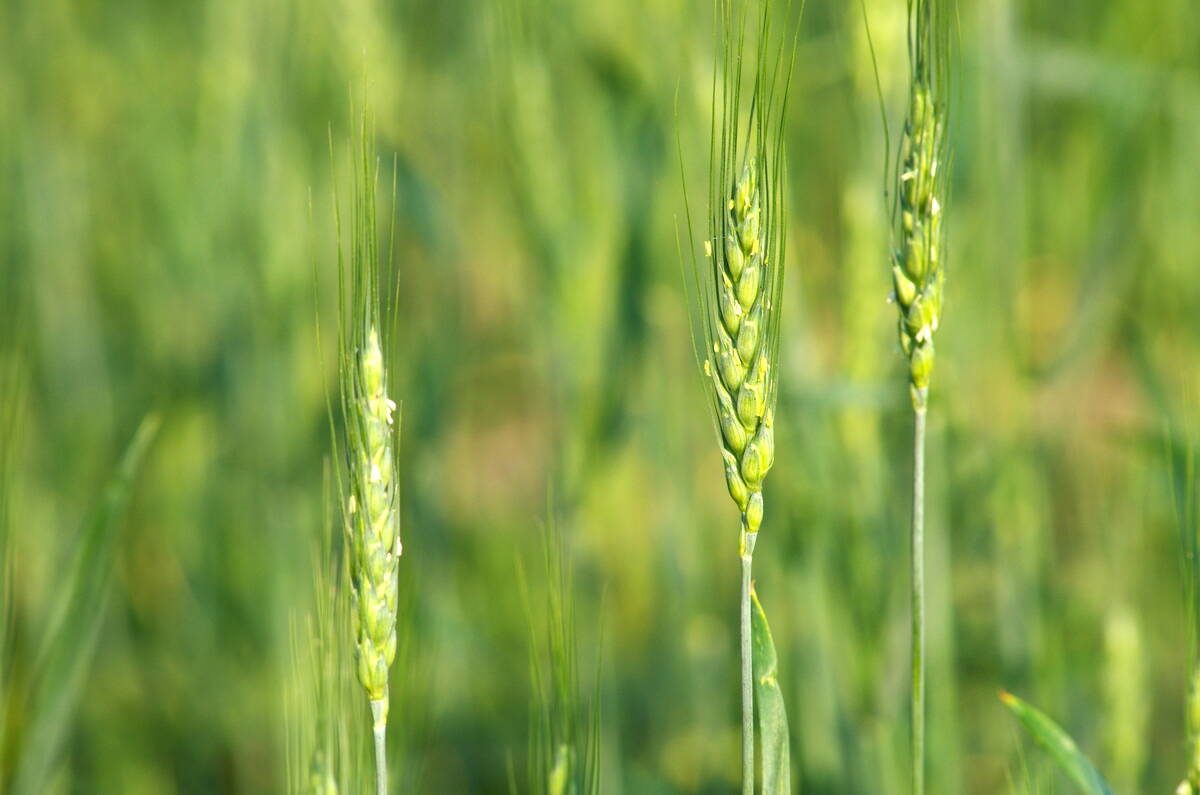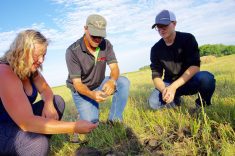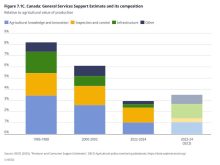“We’re like the high-tech sector. The research we engage into developing a fuel will likely lead to other new products.”
While many are still under development, new sources of raw material for biofuels will take the sting out of any future debates over food-versus-fuel uses for crops, experts say.
Earlier this year, environmentalists and poverty groups ripped the biofuels industry for diverting wheat, corn and oilseeds into fuel when soaring international prices for the commodities sparked food riots in developing countries. The squawking ended when the crop prices dropped precipi tously dur ing the year.
Read Also

Code cracked on nitrogen-fixing wheat?
U.S. crop breeders have created a wheat variety capable of fixing its own nitrogen rather than relying on fertilizer.
Speakers to the Canadian Renewable Fuels Summit said the price increases were driven by speculators not demand from biofuel producers which remained steady during the year. The new generation of biofuels will come from cellulosic ethanol and biodiesel made from pond scum as well as plants still being perfected for fuel use.
Daniel Oh, CEO of the U. S. Renewable Energy Group, said the adoption of other feed stocks for biofuels “will take the pressure on food sources.” But they will continue to have an ongoing role in the supply of renewable fuels.
In time, there will be an integrated biodiesel industry that comes from vegetable oils, new and recycled, animal fats and sources such as algae which has a high oil content, he said. “We will have new, high-quality fuels for the transport sector which will use about three-quarters of our product.” Using non-crop sources will help shelter the industry from the commodity price swings.
Using algae to produce biodiesel has received some buzz in the mainstream media, Oh said. While a lot of developmental work is underway, it will be three years before commercial production begins and five years before algae becomes a significant source of biodiesel.
He said it was important to view renewable fuels as a multi-source alternative to petroleum and that each one that is developed reduces the pressure on conventional gasoline and diesel supplies and creates the possibility of new products coming on the market.
“We’re like the high-tech sector. The research we engage into developing a fuel will likely lead to other new products.”
Conventional crops will get Canada up to its five per cent ethanol and two per cent biodiesel standard by 2010 but other sources of biofuels are needed to move above that limit, said Vicky Sharpe, president and CEO of Sustainable Development Technology Canada. The federal government set up a $500 million fund available for developing the next generation of biofuels and there’s about $150 million left in it, she said.
The money went to support research into producing energy from sources such as algae, garbage dumps and cellulosic sources. “Public money is needed to bring these technologies into commercial operat ion. SDTC is looking at technologies that don’t cause major land use shifts so they have the added benefit of producing significant environmental benefits.”
She said one challenge facing the renewable fuel sector is getting cellulosic production techniques up to commercial levels. “There are a large number of plants planned but none have gone ahead yet.”
SDTC’s NextGen Biofuels Fund will support up to 40 per cent of eligible project costs. The contribution will be repayable based on free cash flow over a period of 10 years af ter project completion. The fund is open for applications all year.
To be eligible, a project must be a first-of-kind facility that primarily produces a next-generation renewable fuel at large demonstration scale; be located in Canada; use feed stocks that are or could be representative of Canadian biomass; and have demonstrated its technology at pre-commercial scale.
Next-generation biofuels are derived from non-traditional renewable sources, such as municipal waste, agricultural and forest residues, and perennial crops on marginal land, and are produced through the use of novel conversion technologies.














